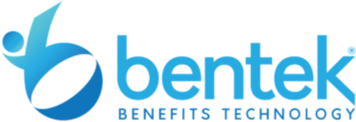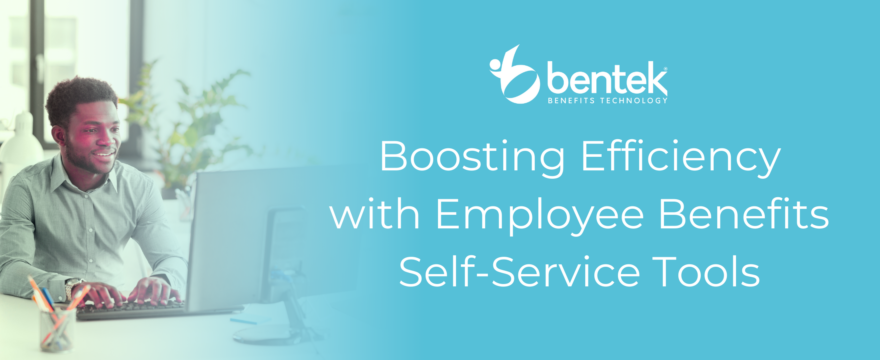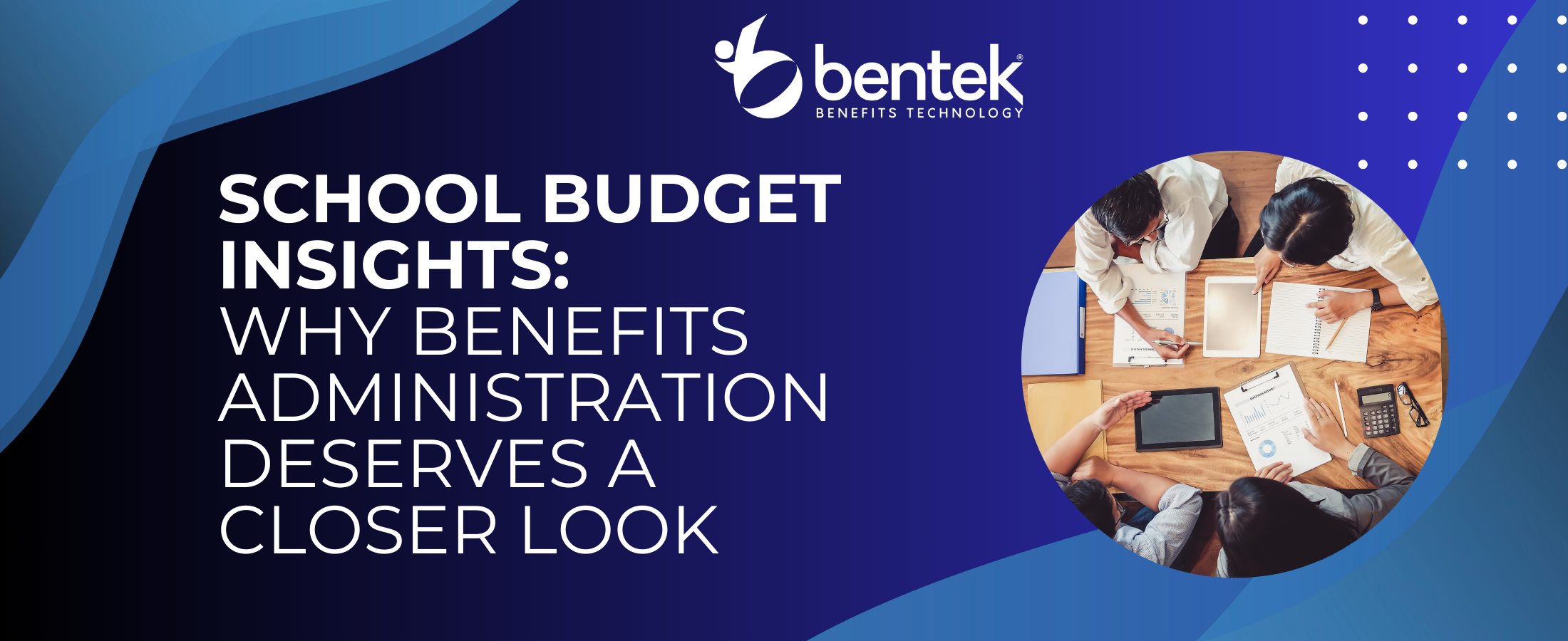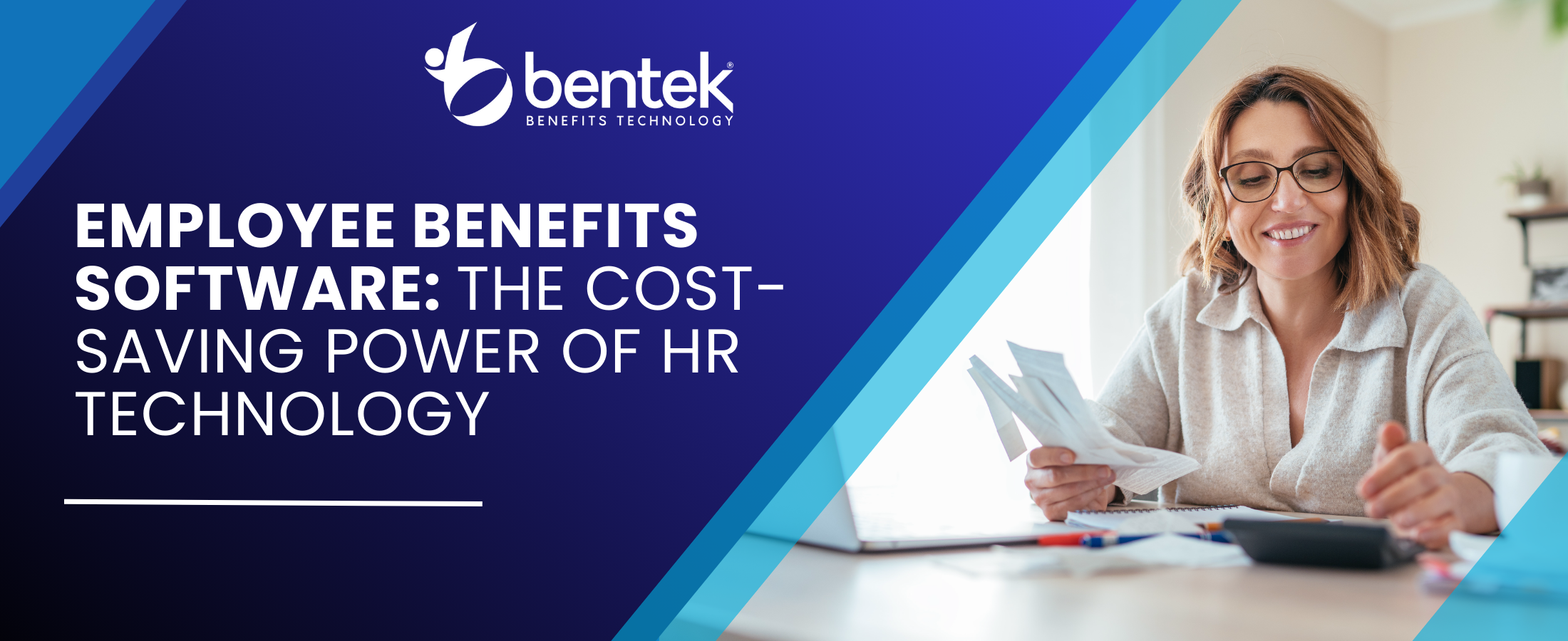In an era where technology seamlessly integrates into every aspect of our professional lives, one innovation stands out for its profound impact on workplace dynamics: Employee Benefits Self-Service Tools. These platforms are revolutionizing the way organizations manage employee benefits, marrying efficiency with autonomy in a modern workplace. Traditionally, benefits management has been a labor-intensive process, fraught with paperwork and prone to human error. However, the advent of self-service platforms is transforming has transformed it into a streamlined, user-friendly experience.
From their humble beginnings as basic information repositories, these platforms have evolved into sophisticated systems that offer personalized benefits management. This transition not only signifies a technological leap but also highlights a shift towards HR automation. According to Mercer’s Benefit Technology 2023 report, 46% of organizations are automating their benefits administration processes, with an additional 26% planning to do so within the next two to three years, showing that this is not just a trend but an evolution of the way benefits are managed.
To navigate through this transformative landscape, it’s essential to grasp key concepts such as ‘Employee Self-Service (ESS)’. While some may voice concerns about the potential depersonalization of HR services due to automation, it’s crucial to view these tools as complements to, rather than replacements for, human interactions. They alleviate administrative burdens, improve data accuracy, and, most importantly, empower employees by placing control of their benefits in their own hands.
As we delve deeper into the finer details of employee benefits self-service tools, one question looms large: How will the continued integration of technology redefine the landscape of employee benefits management? Join us as we explore the multifaceted benefits these tools offer to both HR professionals and employees, setting the stage for a more efficient, empowered, and engaged workforce.
How Employee Benefits Self-Service Tools Boost Efficiency for HR Teams
HR departments, particularly in public sector organizations, face a daunting array of administrative challenges. Managing the benefits for large and diverse workforces involves a complex web of tasks that can consume considerable time and resources. This section explores how employee benefits self-service tools fundamentally transform these processes, enhancing efficiency and accuracy while empowering HR teams and employees alike.
Administrative Challenges in HR
From processing benefits enrollments to handling status changes due to life events, HR teams have a lot of data to manage. Traditionally, HR teams grapple with an overwhelming workload with as much as 80% of employers still relying solely on spreadsheets to analyze employee benefits data according to Mercer. The administrative burden is magnified in organizations offering different benefits to different segments of their population, where the manual management of benefits can prove both cumbersome and error-prone.
Enter the age of HR automation, where self-service tools have begun to rewrite the narrative, offering solutions that not only streamline operations but also significantly reduce the potential for human error.
Automation and Efficiency
A pivotal study by Deloitte highlights the transformational impact of these tools, noting that over 70% of companies adopted self-service portals, which saved HR teams more than 200 hours per month and reduced processing costs by up to 40%. This statistic underlines the profound efficiency gains that can be achieved through the adoption of self-service technology.
By automating routine tasks such as benefits enrollment, life event changes, reporting and audits, these platforms free HR professionals from the tedium of manual processes. Features like automated notifications and AI-driven recommendations further enhance the efficiency and responsiveness of benefits management.
Enhancing Data Accuracy and Integrity
One of the most significant advantages of self-service tools lies in their ability to improve data accuracy and integrity. With employees directly inputting and updating their information, the likelihood of errors diminishes substantially. Automated error checks further ensure the reliability of the data, significantly reducing the time HR must spend on correcting discrepancies.
This direct engagement with their benefits also fosters a greater sense of ownership among employees, contributing to higher satisfaction levels. In Marsh Mclennan’s 2024 Employee Health & Benefits Trends Report, they found that employees with access to digital benefit management tools report 82% higher satisfaction with their healthcare plans.
Scalability
As organizations grow, the scalability of HR processes becomes a critical concern. Self-service tools address this challenge head-on, enabling HR departments to manage expanding employee rosters without the need to proportionally increase HR staff or resources. This scalability not only supports the organization’s growth ambitions but also ensures that the quality of HR services remains consistent, irrespective of the size of the employee base.
Environmental and Cost Benefits
In Aflac’s 2022 WorkForces Report, they discovered that 63% of public sector employers saw an increase in benefits costs from the year prior, marking a large concern for the industry as a whole. The shift towards digital self-service platforms helps HR teams align with broader organizational goals of sustainability and cost reduction. By minimizing the reliance on paper-based processes, companies can significantly reduce their environmental footprint. Moreover, the cost savings associated with reduced paper usage, printing, and storage are non-negligible, contributing to the financial health of the organization.
Regulatory Compliance and Reporting
Another area where self-service tools shine is in their ability to enhance an organization’s capacity to comply with regulations and fulfill reporting requirements. 89% of organizations using centralized benefits software say it has effectively helped them stay agile in delivering on their benefits strategy, according to Mercer.
Centralized data management and robust reporting features also simplify the complexities of compliance, ensuring that organizations can easily meet legal standards and avoid potential penalties.
Real-world Impact
The efficacy of self-service benefits platforms is not merely theoretical. Numerous public sector organizations have reported significant efficiency gains following their adoption. These real-world examples serve as powerful testimonials to the transformative potential of self-service technology in the realm of HR and benefits management. By reducing administrative workloads, enhancing data accuracy, and empowering employees to manage their benefits with greater autonomy, these tools are setting a new standard for efficiency and engagement in the workplace.
Empowering Employees with Self-Service Tools
The landscape of employee benefits management has undergone a seismic shift, largely driven by the rise of digital platforms and a generational change in how people interact with technology. This evolution has paved the way for employee benefits self-service tools, which empower employees with unprecedented control and autonomy over their benefits.
Shifting Expectations
Employees with access to benefits technology are more likely to report thriving in their current role, with 76% stating they are thriving, compared to only 46% of employees without access, according to Mercer.
The demand for interactive and autonomous management of benefits aligns with broader consumer technology trends. Employees now expect the same level of control and accessibility in their professional lives that they enjoy in their personal digital interactions. According to ADP, 80% of employees say they feel more engaged when they have access to self-service platforms to manage their own benefits. This underscores the critical role these tools play in meeting modern employee expectations.
Decisions and Actions at Employees’ Fingertips
MetLife’s 2024 Employee Benefits Trends Survey found that 62% of employees are not completely confident they know about all the benefits or workplace perks offered to them. Self-service platforms empower employees to enroll in new benefits programs, learn about their benefits decisions, update their personal and dependent information, and access detailed plan documentation—all without HR intervention. This autonomy not only reduces the administrative burden on HR departments but also allows employees to make timely and informed decisions about their benefits.
Psychological and Practical Benefits
In a report from Mercer, 81% of employees who receive 10 or more benefits believe their employer cares about their health and well-being, compared to only 43% of employees with fewer benefits. Providing employees with control over their benefits conveys a sense of empowerment, fostering a more engaged and satisfied workforce. The ability to independently manage benefits reduces employees’ dependency on HR for information, facilitating a more efficient and streamlined approach to benefits management.
24/7 Accessibility
Online self-service platforms offer around-the-clock accessibility, catering to employees’ schedules and remote work arrangements. This flexibility is invaluable in enhancing overall employee convenience and satisfaction. The always-on nature of these platforms ensures that employees can manage their benefits at a time that suits them best, without being constrained by traditional office hours.
User-Friendly Interfaces and Mobile Access
The effectiveness of self-service tools heavily depends on their user experience (UX). Platforms with intuitive interfaces and mobile access significantly increase adoption rates among employees. User-friendly designs make it easier for employees to navigate their options and make informed decisions, thereby increasing the overall utility of the self-service tools.
Overcoming Potential Challenges
Rolling out these platforms can present challenges, including digital literacy and privacy concerns. Addressing these issues head-on involves providing comprehensive user training and ensuring robust data security measures are in place. Encouragingly, most barriers to adoption can be overcome with appropriate support and education, ensuring that all employees can benefit from the autonomy and flexibility that self-service platforms provide.
Foundation for Advanced HR Technologies
Beyond the immediate benefits, self-service tools lay the groundwork for integrating more advanced HR technologies, such as predictive analytics. These technologies can offer personalized benefits recommendations, further enhancing employee satisfaction and engagement. This forward-looking approach signifies a move towards a more data-driven and personalized employee benefits management experience, demonstrating the potential for self-service tools to evolve in line with emerging HR tech trends.
The Future of Employee Benefits Self-Service in Public Sector Organizations
The landscape of employee benefits self-service tools within public sector organizations is on the cusp of a significant transformation. As we look towards the future, several pivotal advancements stand poised to redefine how employee benefits are managed, making the process more intuitive, personalized, and efficient.
Predictive Analytics and AI
The integration of predictive analytics and artificial intelligence (AI) into self-service platforms is set to offer a more customized user experience. These technologies will enable:
- Personalized Recommendations: Leveraging data on past behavior and preferences to offer tailored benefits options.
- Proactive Adjustments: Automatically suggest changes to benefits in response to life events or shifts in legislation, ensuring employees always have the most suitable coverage.
- Enhanced Decision-Making: Utilizing AI to parse through complex benefits information, providing employees with clear, actionable insights.
Proactivity and Personalization
The shift towards more proactive and personalized self-service tools will profoundly impact employee engagement with benefits. This transition will be characterized by:
- Customized Alerts: Notifying employees of pertinent changes or recommended actions regarding their benefits.
- Life Event Management: Offering immediate, relevant benefits adjustments in response to significant life milestones.
- Legislative Compliance: Automatically updating benefits offerings in line with new laws and regulations, simplifying compliance management.
Continuous Improvement and Adaptation
To remain effective and meet the evolving needs of both the organization and its employees, continuous improvement and adaptation of these platforms are crucial. This involves:
- Regular Updates: Incorporating the latest technological advancements to enhance functionality and user experience.
- Feedback Loops: Implementing mechanisms to gather and act on employee feedback, ensuring the tools evolve to meet user needs.
- Training and Support: Providing ongoing education and support to maximize employee engagement and understanding of their benefits.
For more articles like this, check out the Bentek Blog!




